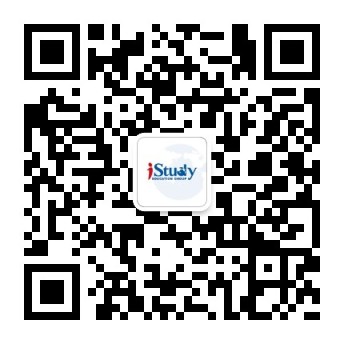yuánróng 圆融
Consummate Interfusion
圆满融通。在佛教典籍中,圆融既指各种事物之间相互融通统摄的本来状态,也指避免偏执任一见地的真理观。如天台(tāi)宗说空、假、中三谛,分疏三个层面的真理,有别于传统的二谛,凸显了不落空有两边、又不离两边的圆融意旨。而华严的“六相圆融”,指出一切事物都有总、别、同、异、成、坏三对看似矛盾的方面,其实超越了概念的对立,可于一体具现。
In Buddhist scriptures, “consummate interfusion” has two meanings: (1) the original state of all things, which are interfused with and governed by each other, and (2) a viewpoint on truth that argues against adherence to any judgment. The Tiantai School interprets “consummate interfusion” in this way: it develops the concept of satyadvaya (the two truths) into “the three levels of truth” – the empty truth, the false truth, and the middle-way truth. According to this theory, one shall neither descend into nor detach oneself from the two extremes: emptiness and existence. Such non-duality demonstrates the nature of consummate interfusion. The Huayan School offers another interpretation with “the consummate interfusion of six aspects.” It argues that all things can be judged from six aspects: the general, the particular, the identity, the differentiated, the integrated, and the destructive aspect. Although they appear as three opposites, these aspects, consubstantial with one another, transcend conceptual opposition.
引例 Citation:
◎分别者,但法有粗妙:若隔历三谛,粗法也;圆融三谛,妙法也。(释智(yǐ)《妙法莲华经玄义》卷一上)
(所谓差别,只是说认识的粗浅和精妙之分:如果三谛之间互相排斥,这就是一种粗浅的认识;如果三谛互相融通统摄,则为精妙的认识。)
The distinction lies in the subtlety of dharma. The superficial dharma deals with the three truths separately, while the subtle one perfectly interfuses them. (Shi Zhiyi: Profound Meaning of The Lotus Sutra of the Wonderful Dharma)








